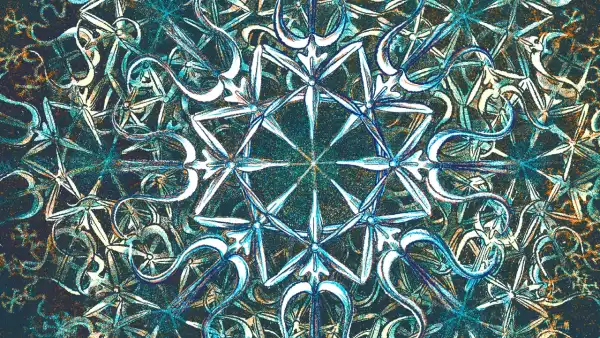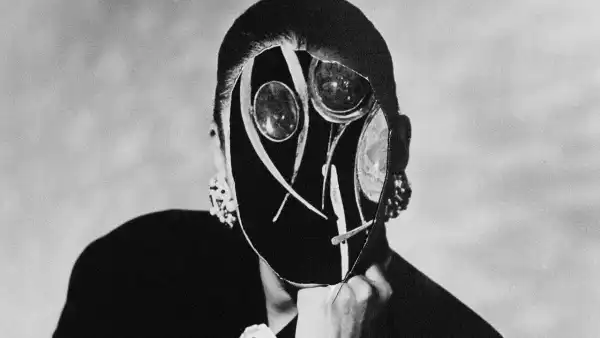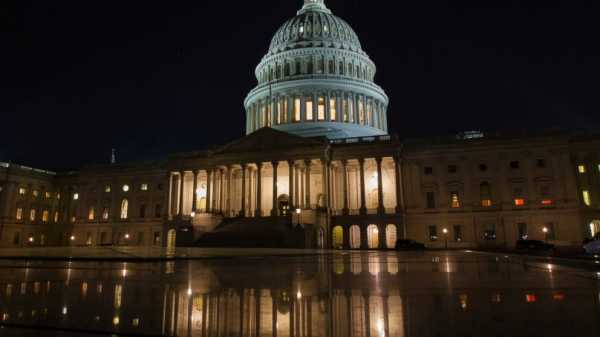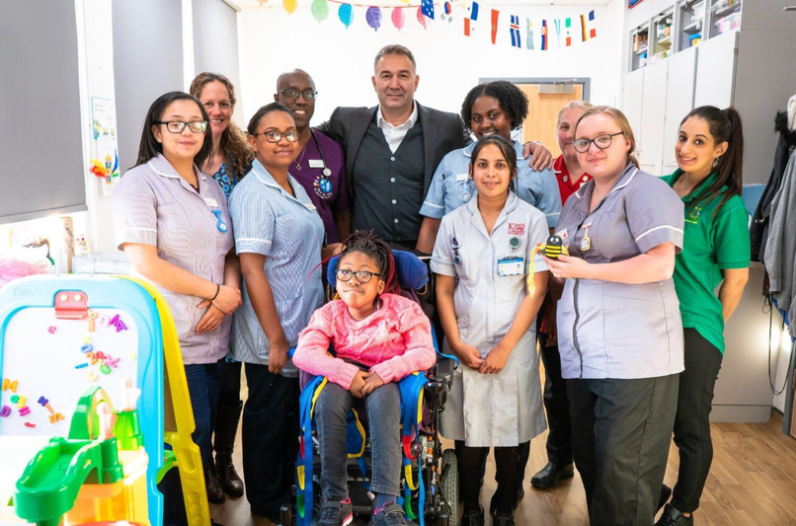
Save this storySave this storySave this storySave this storyYou're reading the Goings On newsletter, a roundup of what we're watching, listening to and doing this week. Sign up to get it sent to your inbox.
Founded in 1974 by famed photographer Robert Capa’s brother, Cornell, the International Center of Photography was dedicated to what Cornell called “concerned photography,” a particular form of passionate photojournalism practiced by Robert and his close associates Werner Bischof, André Kertész, and Leonard Fried. The museum has since expanded its mission considerably, but photojournalism, often overlooked elsewhere, remains its forte. Weegee is the ICP’s splashy, entertaining headliner right now, but the more modest companion exhibition , “American Job 1940–2011” (through May 5), feels especially significant. With photographs, almost all from the ICP collection, by generations of concerned photographers, including Danny Lyon, Gordon Parks, Robert Frank, W. Eugene Smith, and Susan Meiselas, “American Job” is a show about people in and out of the workplace. Curator Makeda Best builds it on images of the oppressive routine and easy camaraderie of offices and factories. But photographs of picket lines and protest marches are a constant reminder that workplaces can be closed, rejected, or made intolerable. Best wants us to remember that one of the exhibition’s most famous photographs, Ernest Withers’s 1968 shot of sanitation workers in Memphis holding up “I AM A MAN” signs, is first and foremost a document of a labor march.
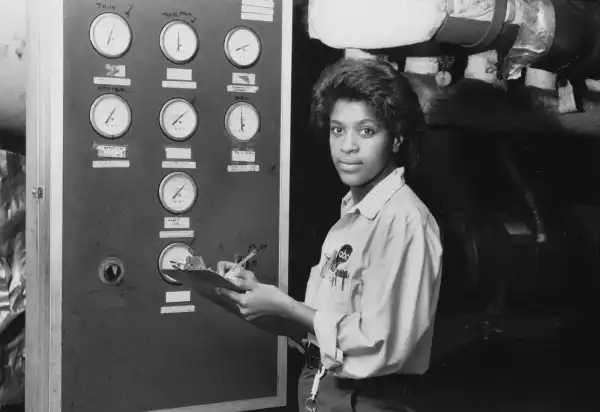
“A stationary engineer checks air conditioning system gauges, 1975.”
Photo by Freda Leinwand / Courtesy of Freda Leinwand Papers, Schlesinger Library, Harvard Radcliffe Institute / ICP
For all its didactic underpinnings, “American Job” is never dull or didactic. Best keeps things sharp by redirecting his image selections toward lesser-known and anonymous works, including a number of images of newsrooms. A grid of photographs by Fort Worth studio photographer Bill Wood gives the show a hook in deadpan realism: a bank under construction, a woman with office equipment, a stack of filing cabinets. Louis Stettner, like most of the photographers here, keeps things personal; his portraits of factory workers are artfully atmospheric. Accra Shepp closes the show with a series of sympathetic, full-length portraits of Occupy Wall Street protesters in 2011 and 2012, most of them holding homemade signs. After a section titled “When Work Disappears,” Shepp’s photographs offer a suitably open ending, anticipating this very moment and the protests to come. — Vince Aletti
Sourse: newyorker.com
